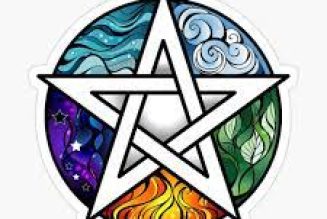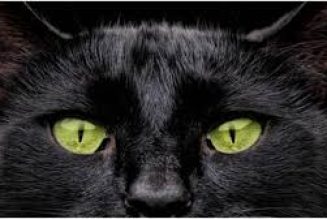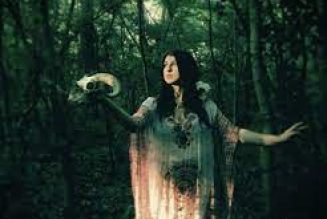Elizabeth Cogan Holley Kendall was one of the many victims of the infamous Salem witch trials that took place in Massachusetts in 1692. She was born in 1590 and was executed in 1643, accused of witchcraft and consorting with the devil. Kendall was one of the 20 people who were executed during the trials, which lasted for several months and resulted in the deaths of innocent people.
The Salem witch trials were a dark period in American history, where hysteria and fear led to the persecution of innocent people. Elizabeth Cogan Holley Kendall was one of the many victims of this tragedy. She was accused of practising witchcraft and was put on trial, along with several other women. Despite her protests of innocence, she was found guilty and was sentenced to death by hanging. Her execution was a stark reminder of the dangers of mass hysteria and the importance of due process of law.
The story of Elizabeth Cogan Holley Kendall is a tragic one, but it serves as a reminder of the importance of justice and fairness in any society. The Salem witch trials were a dark chapter in American history, but they also provide us with valuable lessons about the dangers of fear and hysteria. Kendall’s story is just one of many, but it is a powerful reminder of the need to protect the rights of the accused and to ensure that justice is served, even in the face of overwhelming public opinion.
Background
Elizabeth Cogan Holley Kendall was one of the 19 people executed during the Salem witch trials in 1692. She was born in 1643 in Weymouth, Massachusetts, to John and Alice Cogan.
Early Life
Elizabeth grew up in a Puritan family, and her father was a prominent member of the community. She received a basic education and learned household skills such as sewing and cooking.
Marriage and Family
In 1663, Elizabeth married William Holley, a farmer from Salem Village. They had six children together, but only three survived infancy. William died in 1682, leaving Elizabeth a widow.
In 1683, Elizabeth married her second husband, Thomas Kendall, a wealthy merchant from nearby Reading. Thomas had several children from a previous marriage, and he and Elizabeth had one child together.
Despite her respectable position in society, Elizabeth was accused of witchcraft in 1692. She was arrested, tried, and found guilty. On July 19, 1692, she was hanged on Gallows Hill in Salem along with four other accused witches.
The Salem witch trials were a tragic period in American history, and Elizabeth Cogan Holley Kendall’s story is a reminder of the dangers of mass hysteria and the importance of due process.
Accusation and Trial
Arrest and Accusation
Elizabeth Cogan Holley Kendall was arrested on May 28, 1643, after being accused of witchcraft by her neighbor, Mary Warren. According to Warren, Kendall had sent her spirit to afflict her with fits and pains. Other neighbors also accused Kendall of causing them harm through witchcraft.
Trial and Execution
Kendall was brought to trial on June 1, 1643. The trial was presided over by Chief Magistrate John Hathorne and Deputy Governor John Endecott. During the trial, several witnesses testified against Kendall, including Mary Warren and other neighbors who claimed to have been harmed by her.
Kendall denied the accusations and proclaimed her innocence. However, her defense was weak, and the court found her guilty of witchcraft. She was sentenced to be hanged on June 10, 1643.
On the day of her execution, Kendall was led to the gallows, where she made a final statement proclaiming her innocence. She was then hanged, becoming one of the many victims of the Salem Witch Trials.
Overall, Elizabeth Cogan Holley Kendall’s trial and execution were a tragic example of the hysteria and injustice that characterized the Salem Witch Trials.






